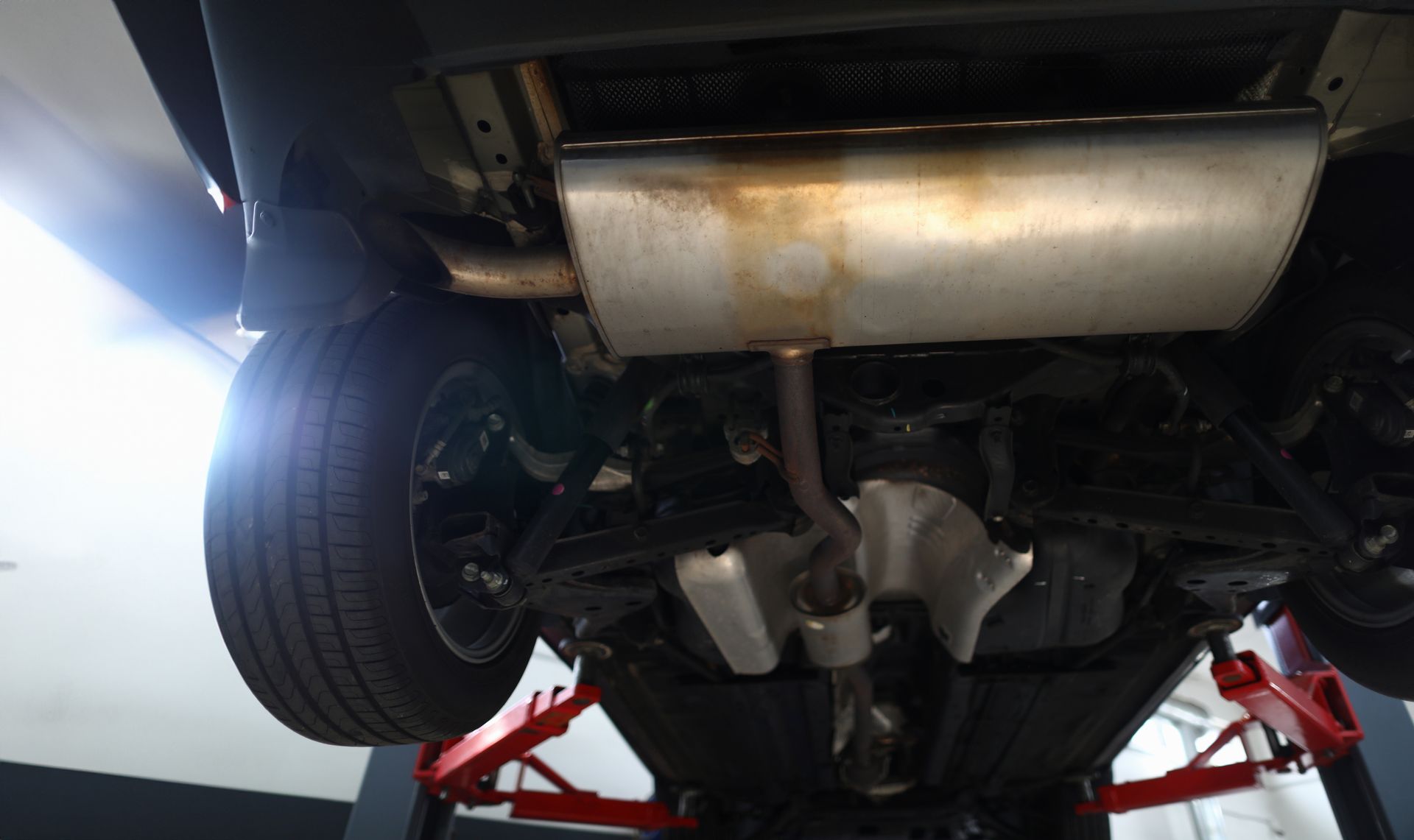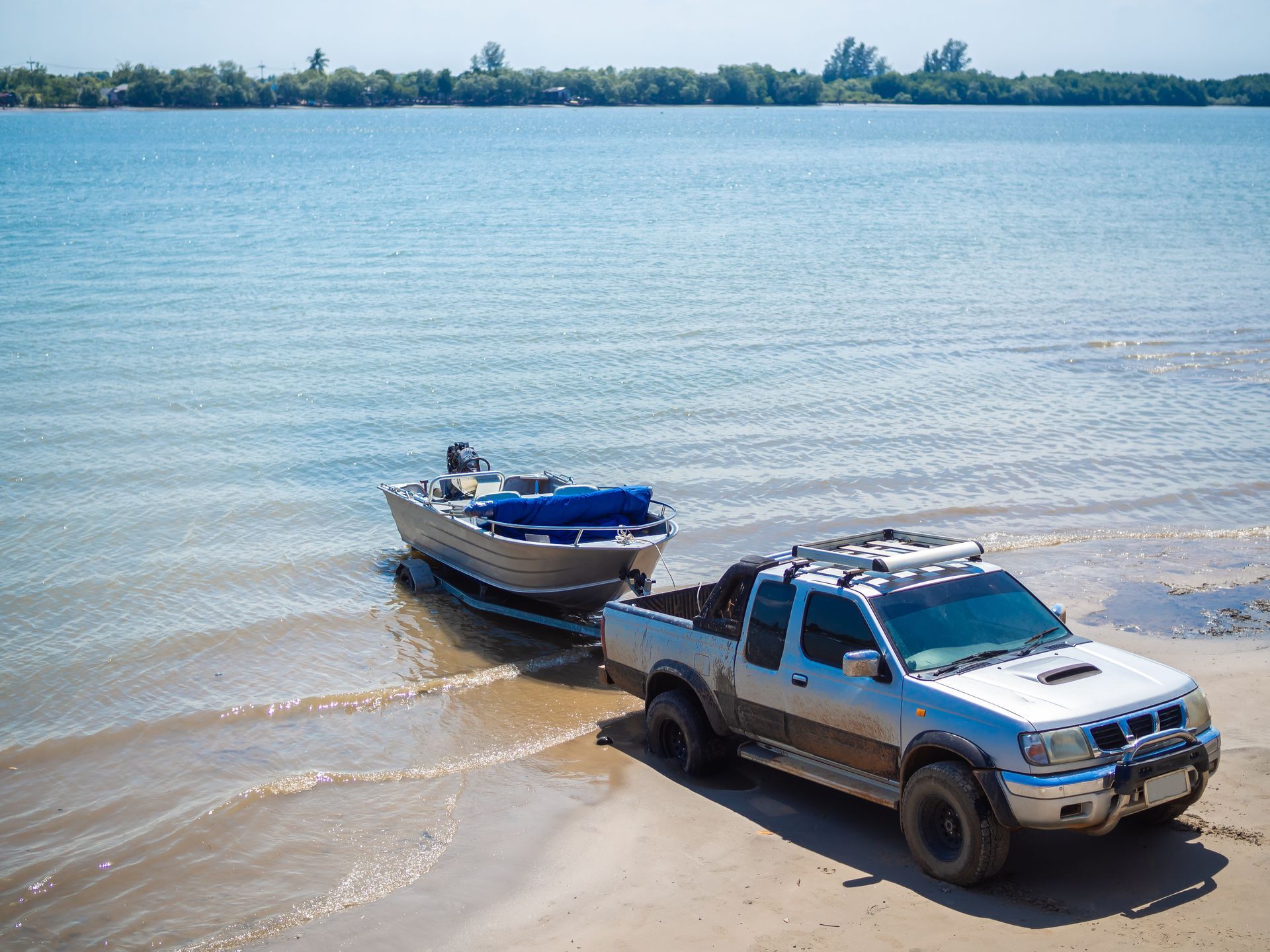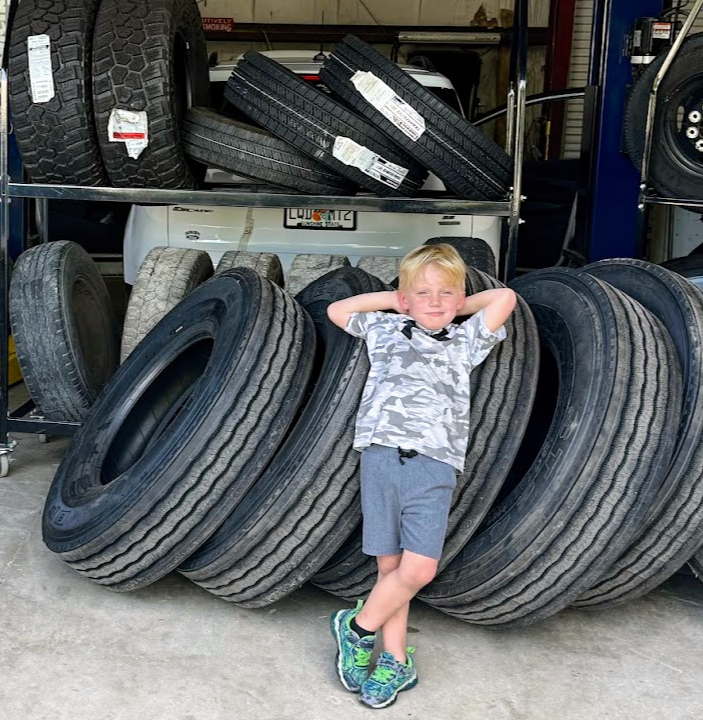As winter approaches, it’s essential to prepare your vehicle for the challenges that the colder months can bring. One crucial aspect of winter readiness that is often overlooked is a pre-purchase inspection. Whether you are buying a new car or a used one, a comprehensive inspection before the winter season can save you from potential headaches and costly repairs down the road. In this article, we will explore the importance of a winter pre- purchase inspection and what it entails to help you make an informed decision.
Why is a Winter Pre-Purchase Inspection Important?
- Identifying Potential Issues: Winter weather can exacerbate existing vehicle problems. A pre-purchase inspection can uncover any hidden issues that may become more severe in the cold.
- Ensuring Safety: Cold temperatures, ice, and snow can all contribute to hazardous driving conditions. A thorough inspection can ensure that your vehicle is safe and reliable.
- Cost Savings: Addressing minor problems before they escalate can save you money in the long run. It’s better to invest in a pre-purchase inspection than to deal with costly repairs later on.
- Peace of Mind: Knowing that your vehicle has been thoroughly inspected and is winter-ready can give you peace of mind as you navigate the roads during the colder months.
What Does a Winter Pre-Purchase Inspection Include?
When scheduling a winter pre-purchase inspection for your vehicle, you can expect the following components to be thoroughly checked:
1. Battery and Charging System
- Check battery age and condition
- Test the charging system to ensure it is functioning properly
2. Tires and Brakes
- Inspect tire tread depth and condition
- Check tire pressure
- Inspect brake pads and rotors
3. Fluid Levels
- Check and top up all fluids, including oil, coolant, and windshield washer fluid
4. Heating and Defrosting Systems
- Test the heater and defroster to ensure they are working effectively
5. Lights and Wipers
- Inspect all lights, including headlights, brake lights, and turn signals
- Check wiper blades and fluid for optimal visibility
6. Undercarriage Inspection
- Check for any signs of rust or corrosion that may be accelerated by winter conditions
7. Exhaust System
- Inspect the exhaust system for leaks or damage that may be exacerbated by cold weather
Final Thoughts
A winter pre-purchase inspection is a vital step in ensuring that your vehicle is ready to face the challenges of the colder months. By identifying potential issues, ensuring safety, and addressing minor problems proactively, you can save money and enjoy peace of mind knowing that your vehicle is in top condition. Schedule a pre-purchase inspection today and drive with confidence this winter.












